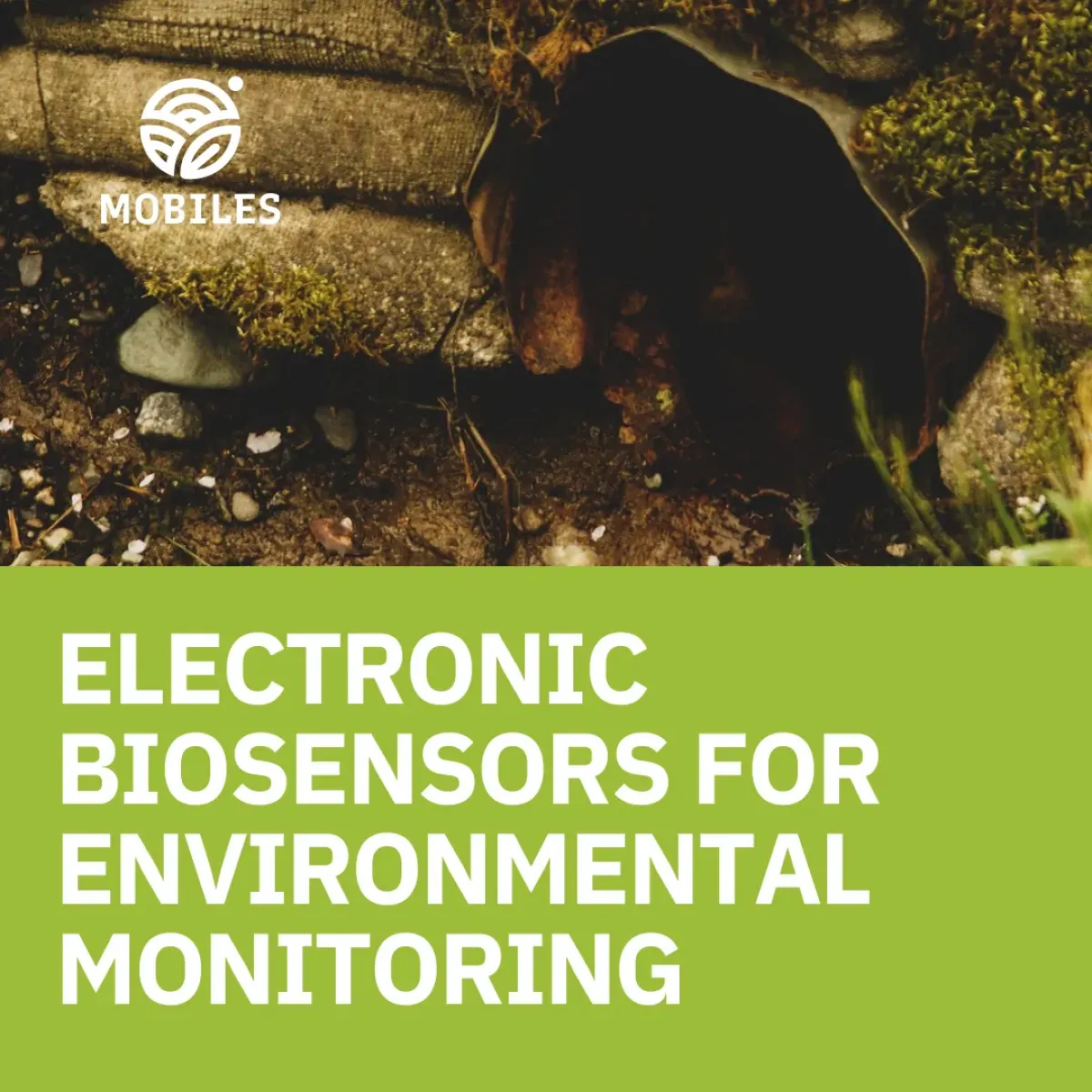
A team of researchers, led by INRAE (National Research Institute for Agriculture, Food and Environment, France), is developing advanced electrochemical biosensors to detect pollutants such as pesticides, pathogenic bacteria, antimicrobial resistance genes, and spores in soil, water, and air. These sensors will integrate conductive materials and biological components to ensure accuracy, stability, and sensitivity to various contaminants.
One key focus is improving the materials used in sensor construction. Researchers are exploring new carbon-based materials combined with nanoparticles to enhance conductivity and electron transfer. These materials will be tested using various scientific techniques to evaluate their physicochemical and electrochemical properties, as well as their ability to bond with biological components.
To improve detection of bacterial pathogens, scientists are working on DNA aptamers (single-stranded DNA molecules that specifically bind to target substances) and enzymes (which detect volatile organic compounds produced by bacteria). By modifying these biological elements, they aim to reduce the distance between enzyme active sites and the electrode surface, increasing electron transfer rates and enhancing detection precision.
For detecting antimicrobial resistance genes, a microfluidic flow cell is being developed, the first design of the sensor was presented internally. This system will allow sensors to function effectively in real-world conditions by ensuring smooth fluid flow and optimal interaction with target substances. It will also enable low detection limits of genomic targets, providing fast and sensitive results.
To identify pesticides, the project is evaluating two approaches: sensors with electrodes covered by either enzymes or aptamers, both of which can selectively bind to their targets with high accuracy. For hormone detection in water, a microfluidic system will be integrated into the biosensor to improve performance.
A major part of the research involves optimizing the microfluidic system used in electrochemical sensors. The design of microfluidic circuits will be refined to incorporate newly developed electrodes. Microchannel networks will be assembled into stackable units and tested to confirm flow patterns within the system. The development of the first concept of the microfluidic components has already started with the screening of variables among partners on the volume of liquid sample used to on the sensor, size of the sensing element of the sensor, density of the liquid. The microfluid device will be designed by Eden Tech (France) which already presented a preliminary design.
To make the sensors accessible and easy to use, researchers are developing an electronic readout system. A microcontroller will process signals from the sensor and display results on a screen or send data wirelessly to a connected device, ensuring practical applications in environmental monitoring.
To ensure high performance, extensive material characterization and surface analysis will be conducted. Once all components are finalized, the biosensors will be assembled, tested, and optimized for real-world use. The goal is to create reliable, cost-effective, and highly sensitive sensors that contribute to environmental monitoring and public health protection.